Electroenzymatic Model System for the Determination of Catalytic Activity of Erwinia carotovora L-Asparaginase
Abstract
:1. Introduction
2. Materials and Methods
2.1. Reagents and Materials
2.2. Equipment
3. Results and Discussion
4. Conclusions
Author Contributions
Funding
Conflicts of Interest
References
- Magri, A.; Soler, M.F.; Lopes, A.M.; Cilli, E.M.; Barber, P.S.; Pessoa, A.; Pereira, J.F. A critical analysis of L-asparaginase activity quantification methods-colorimetric methods versus high-performance liquid Chromatography. Anal. Bioanal. Chem. 2018, 410, 6985–6990. [Google Scholar] [CrossRef] [Green Version]
- Hill, J.M.; Roberts, J.; Loeb, E.; Khan, A.; MacLellan, A.; Hill, R.W. L-asparaginase Therapy for leukemia and other malignant neoplasms. JAMA 1967, 202, 882–888. [Google Scholar] [CrossRef]
- Vimal, A.; Kumar, A. Biotechnological production and practical application of L-asparaginase enzyme. Biotechnol. Genet. Eng. Rev. 2017, 8725, 1–22. [Google Scholar] [CrossRef]
- Aiswarya, R.; Baskar, G. Enzymatic mitigation of acrylamide in fried potato chips using asparaginase from Aspergillus terreus. Int. J. Food Sci. Technol. 2018, 53, 491–498. [Google Scholar] [CrossRef]
- Bleyer, A.; Asselin, B.L.; Koontz, S.E.; Hunger, S.P. Clinical application of asparaginase activity levels following treatment with Pegaspargase. Pediatr. Blood Cancer 2002, 62, 1102–1105. [Google Scholar] [CrossRef] [PubMed] [Green Version]
- Wang, L.; Qin, W.; Chen, D.; Wang, N.; Zhang, C.; Fang, Z.; Fang, B.; Du, W.; Yang, N.; Wu, Q.; et al. Design, synthesis and application of fluorogenic probe for detecting L-asparaginase in serum samples. Res. Chem. 2021, 3, 100103. [Google Scholar] [CrossRef]
- Karpel-Massler, G.; Ramani, D.; Shu, C.; Halatsch, M.E.; Westhoff, M.A.; Bruce, J.N.; Canoll, P.; Siegeli, M.D. Metabolic reprogramming of glioblastoma cells by L-asparaginase sensitizes for apoptosis in vitro and in vivo. Oncotarget 2016, 7, 33512–33528. [Google Scholar] [CrossRef] [Green Version]
- Kudryashova, E.V.; Sukhoverkov, K.V. Reagent-free L-asparaginase activity assay based on CD spectroscopy and conductometry. Anal. Bioanal. Chem. 2016, 408, 1183–1189. [Google Scholar] [CrossRef]
- Drainas, D.; Drainas, C. A conductimetric method for assaying asparaginase activity in Aspergillus nidulans. Eur. J. Biochem. 1985, 593, 591–593. [Google Scholar] [CrossRef]
- Ivanov, Y.D.; Bukharina, N.S.; Pleshakova, T.O.; Frantsuzov, P.A.; Krokhin, N.V.; Ziborov, V.S.; Archakov, A.I. Atomic Force Microscopy Visualization and Measurement of the Activity and Physicochemical Properties of Single Monomeric and Oligomeric Enzymes. Biophysics 2011, 56, 892–896. [Google Scholar] [CrossRef]
- Sheng, Y.; Zhang, S.; Liu, L.; Wu, H.C. Measuring Enzymatic Activities with Nanopores. Chem. Bio. Chem. 2020, 21, 2089–2097. [Google Scholar] [CrossRef]
- Wang, Y.; Xu, H.; Zhang, J.; Li, G. Electrochemical Sensors for Clinic Analysis. Sensors 2008, 8, 2043–2081. [Google Scholar] [CrossRef] [Green Version]
- Davis, C.; Wang, S.X.; Sepunaru, L. What can electrochemistry tell us about individual enzymes? Curr. Opin. Electrochem. 2021, 25, 100643. [Google Scholar] [CrossRef]
- Ferrari, A.G.M.; Rowley-Neale, S.J. Banks CE. Screen-printed electrodes: Transitioning the laboratory in-to-the field. Talanta Open 2021, 3, 100032. [Google Scholar] [CrossRef]
- Ghosh, T.; Sarkar, P.; Turner, A.P.F. A novel third generation uric acid biosensor using uricase electroactivated with ferrocene on a Nafion coated glassy carbon electrode. Bioelectrochemistry 2015, 102, 1–9. [Google Scholar] [CrossRef]
- Ambaye, A.D.; Kefeni, K.K.; Mishra, S.B.; Nxumalo, E.N.; Ntsendwana, B. Recent developments in nanotechnology-based printing electrode systems for electrochemical sensors. Talanta 2021, 225, 121951. [Google Scholar] [CrossRef]
- Shumyantseva, V.; Masamrekh, R.; Bulko, T.; Archakov, A. From electrochemistry to enzyme kinetics of cytochrome P450. Biosens. Bioelectron. 2018, 121, 192–204. [Google Scholar] [CrossRef]
- Shumyantseva, V.; Bulko, T.; Kuzikov, A.; Masamrekh, R.; Konyakhina, A.; Romanenko, I.; Max, J.B.; Köhler, M.; Gilep, A.; Usanov, S.; et al. All-electrochemical nanocomposite two-electrode setup for quantification of drugs and study of their electrocatalytical conversion by cytochromes P450. Electrochim. Acta 2020, 336, 135579. [Google Scholar] [CrossRef]
- Brabec, V.; Mornstein, V. Electrochemical behavior of proteins at graphite electrodes. I. Electrooxidation of proteins as a new probe of protein structure and reactions. Biochim. Biophys. Acta 1980, 625, 43–50. [Google Scholar] [CrossRef]
- Brabec, V.; Mornstein, V. Electrochemical behavior of proteins at graphite electrodes. II. Electrooxidation of amino acids. Biophys. Chem. 1980, 12, 159–165. [Google Scholar] [CrossRef]
- Malfoy, B.; Reynaud, J.A. Electrochemical investigations of amino acids at solid electrodes: Part II. Amino acids containing no sulfur atoms: Tryptophan, tyrosine, histidine and derivatives. J. Electroanal. Chem. 1980, 114, 213–223. [Google Scholar] [CrossRef]
- Reynaud, J.A.; Malfoy, B.; Bere, A. The electrochemical oxidation of three proteins: RNAase A, bovine serum albumin and concanavalin A at solid electrodes. J. Electroanal. Chem. Interfacial Electrochem. 1980, 116, 595–606. [Google Scholar] [CrossRef]
- Reynaud, J.A.; Malfoy, B.; Canesson, P. Electrochemical investigations of amino acids at solid electrodes: Part I. Sulfur components: Cystine, cysteine, methionine. J. Electroanal. Chem. 1980, 114, 195–211. [Google Scholar] [CrossRef]
- Shumyantseva, V.; Suprun, E.; Bulko, T.; Archakov, A. Electrochemical methods for detection of posttranslational modifications of proteins. Biosens. Bioelectron. 2014, 61, 131–139. [Google Scholar] [CrossRef]
- Reinders, J.; Sickmann, A. Modificomics: Posttranslational modifications beyond protein phosphorylation and glycosylation. Biomol. Eng. 2007, 24, 169–177. [Google Scholar] [CrossRef]
- Wei, M.Y.; Famouri, P.; Guo, L.H. Electrocatalytic oxidation of tyrosines shows signal enhancement in label-free protein biosensors. Trends Anal. Chem. 2012, 39, 130–148. [Google Scholar] [CrossRef]
- Shumyantseva, V.; Bulko, T.; Kuzikov, A.; Masamrekh, R.; Archakov, A. Analysis of l-tyrosine based on electrocatalytic oxidative reactions via screen-printed electrodes modified with multi-walled carbon nanotubes and nanosized titanium oxide (TiO2). Amino Acids 2018, 50, 823–829. [Google Scholar] [CrossRef]
- Somji, M.; Dounin, V.; Muench, S.B.; Schulze, H.; Bachmann, T.T.; Kerman, K. Electroanalysis of amino acid substitutions in bioengineered acetylcholinesterase. Bioelectrochemistry 2012, 88, 110–113. [Google Scholar] [CrossRef]
- Borek, D.; Jaskólski, M. Sequence analysis of enzymes with asparaginase activity. Acta Biochim. Pol. 2001, 48, 893–902. [Google Scholar] [CrossRef]
- Borek, D.; Kozak, M.; Pei, J.; Jaskolski, M. Crystal structure of active site mutant of antileukemic L-asparaginase reveals conserved zinc-binding site. FEBS J. 2014, 281, 111. [Google Scholar] [CrossRef]
- Pokrovskaya, M.V.; Pokrovsky, V.S.; Aleksandrova, S.S.; Sokolov, N.N.; Zhdanov, D.D. Molecular Analysis of L-Asparaginases for Clarification of the Mechanism of Action and Optimization of Pharmacological Functions. Pharmaceutics 2022, 14, 599. [Google Scholar] [CrossRef] [PubMed]
- Derst, C.; Wehner, A.; Specht, V.; Rohm, K.H. States and functions of tyrosine residues in Escherichia coli asparaginase II. Eur. J. Biochem. 1994, 224, 533–540. [Google Scholar] [CrossRef] [PubMed]
- Aung, H.P.; Bocola, M.; Schleper, S.; Röhm, K.H. Dynamics of a mobile loop at the active site of Escherichia coli asparaginase. Biochim. Biophys. Acta 2000, 1481, 349–359. [Google Scholar] [CrossRef]
- Lubkowski, J.; Vanegas, J.M.; Chan, W.K.; Lorenzi, P.L.; Weinstein, J.N.; Sukharev, S.; Fushman, D.; Rempe, S.; Anishkin, A.; Wlodawer, A. Mechanism of Catalysis by L-asparaginase. Biochemistry 2020, 59, 1927–1945. [Google Scholar] [CrossRef]
- Lubkowski, J.; Wlodawer, A. Geometric considerations support the double-displacement catalytic mechanism of L -asparaginase. Protein Sci. 2019, 28, 1850–1864. [Google Scholar] [CrossRef]
- Lubkowski, J.; Wlodawer, A. Structural and biochemical properties of L-asparaginase. FEBS J. 2021, 288, 4183–4209. [Google Scholar] [CrossRef]
- Agrawal, S.; Jana, U.K.; Kango, N. Heterologous expression and molecular modeling of L-asparaginase from Bacillus subtilis ETMC-2. Int. J. Biol. Macromol. 2021, 192, 28–37. [Google Scholar] [CrossRef]
- Papageorgiou, A.C.; Posypanova, G.A.; Andersson, C.S.; Sokolov, N.N.; Krasotkina, J. Structural and functional insights into Erwinia carotovora L-asparaginase. FEBS J. 2008, 275, 4306–4316. [Google Scholar] [CrossRef]
- Sigolaeva, L.V.; Bulko, T.V.; Kozin, M.S.; Zhang, W.; Köhler, M.; Romanenko, I.; Yuan, J.; Schacher, F.H.; Pergushov, D.V.; Shumyantseva, V.V. Long-term stable poly(ionic liquid)/MWCNTs inks enable enhanced surface modification for electrooxidative detection and quantification of dsDNA. Polymer 2019, 168, 95–103. [Google Scholar] [CrossRef] [Green Version]
- Manna, S.; Sharma, A.; Satpati, A.K. Electrochemical methods in understanding the redox processes of drugs and biomolecules and their sensing. Curr. Opin. Electrochem. 2022, 32, 100886. [Google Scholar] [CrossRef]
- Carrara, S.; Baj-Rossi, C.; Boero, C.; De Micheli, G. Do Carbon Nanotubes contribute to Electrochemical Biosensing? Electrochim. Acta 2014, 128, 102–112. [Google Scholar] [CrossRef] [Green Version]
- Wang, J. Analytical Electrochemistry, 3rd ed.; John Wiley & Sons, Inc.: Hoboken, NJ, USA, 2006; p. 32. [Google Scholar]
- Schenkman, J.B.; Remmer, H.; Estabrook, R.W. Spectral studies of drug interaction with hepatic microsomal cytochrome P-450. Mol. Pharmacol. 1967, 3, 113–123. [Google Scholar]
- Guengerich, F.P.; McCarty, K.D.; Chapman, J.G.; Tateishi, Y. Stepwise binding of inhibitors to human cytochrome P450 17A1 and rapid kinetics of inhibition of androgen biosynthesis. J. Biol. Chem. 2021, 297, 100969. [Google Scholar] [CrossRef]
- Guengerich, F.P.; McCarty, K.D.; Chapman, J.G. Kinetics of cytochrome P450 3A4 inhibition by heterocyclic drugs defines a general sequential multistep binding process. J. Biol. Chem. 2020, 296, 100223. [Google Scholar] [CrossRef]
- Schneider, E.; Clark, D.S. Cytochrome P450 (CYP) enzymes and the development of CYP biosensors. Biosens. Bioelectron. 2013, 39, 1–13. [Google Scholar] [CrossRef]
- Rusling, J.F.; Wang, B.; Yun, S. Electrochemistry of redox enzymes. In Bioelectrochemistry: Fundametals, Experimental Techniques and Applications; Bartlett, P.N., Ed.; John Wiley & Sons, Ltd.: Hoboken, NJ, USA, 2008; pp. 39–85. [Google Scholar] [CrossRef]
- Shumyantseva, V.V.; Bulko, T.V.; Koroleva, P.I.; Shikh, E.V.; Makhova, A.A.; Kisel, M.S.; Haidukevich, I.V.; Gilep, A.A. Human Cytochrome P450 2C9 and its polymorphic modifications: Electroanalysis, catalytic properties, and approaches to the regulation of enzymatic activity. Processes 2022, 10, 383. [Google Scholar] [CrossRef]
- Krasotkina, J.; Borisova, A.A.; Gervaziev, Y.V.; Sokolov, N.N. One-step purification and kinetic properties of the recombinant L-asparaginase from Erwinia carotovora. Biotechnol. Appl. Biochem. 2004, 39, 215–221. [Google Scholar] [CrossRef]
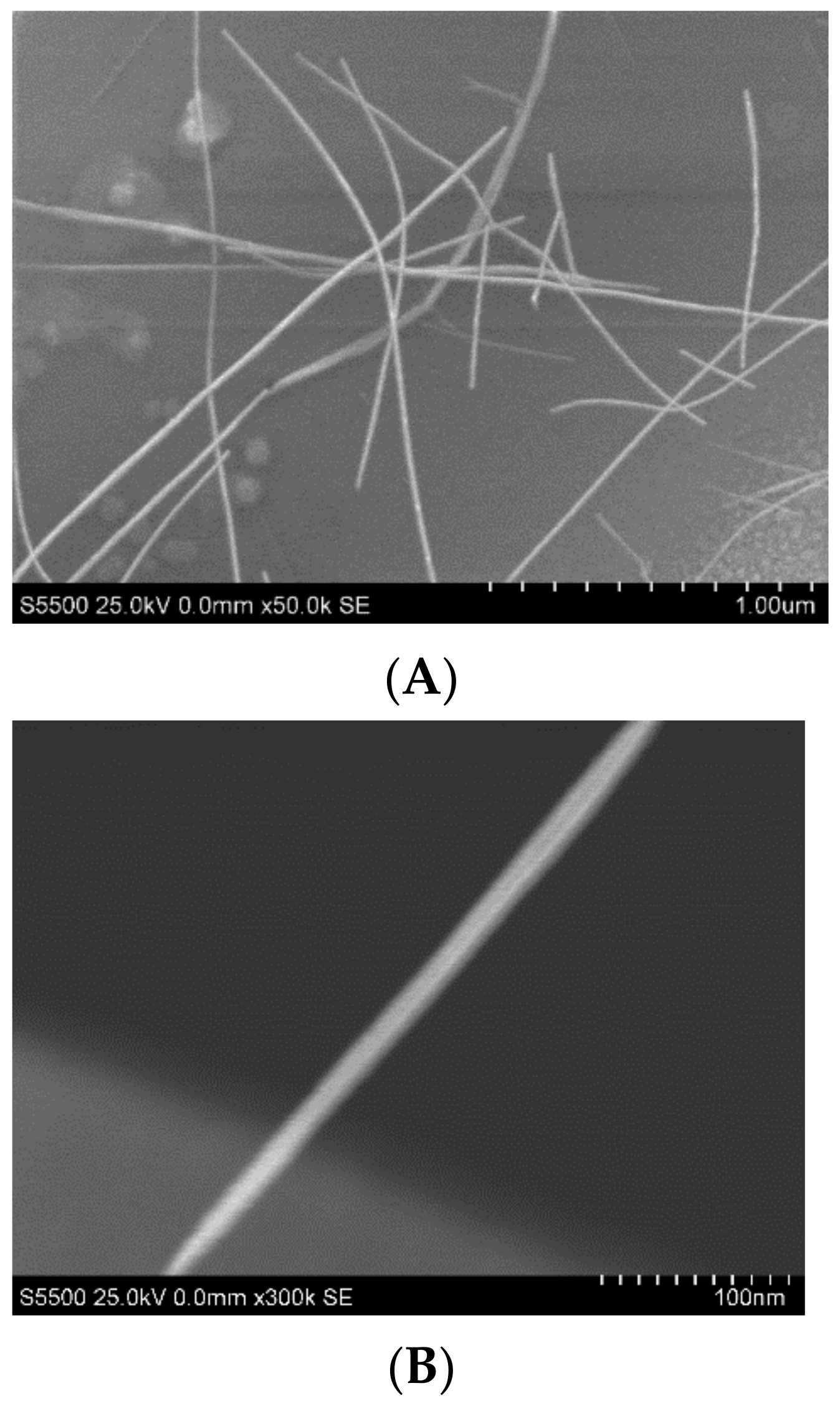

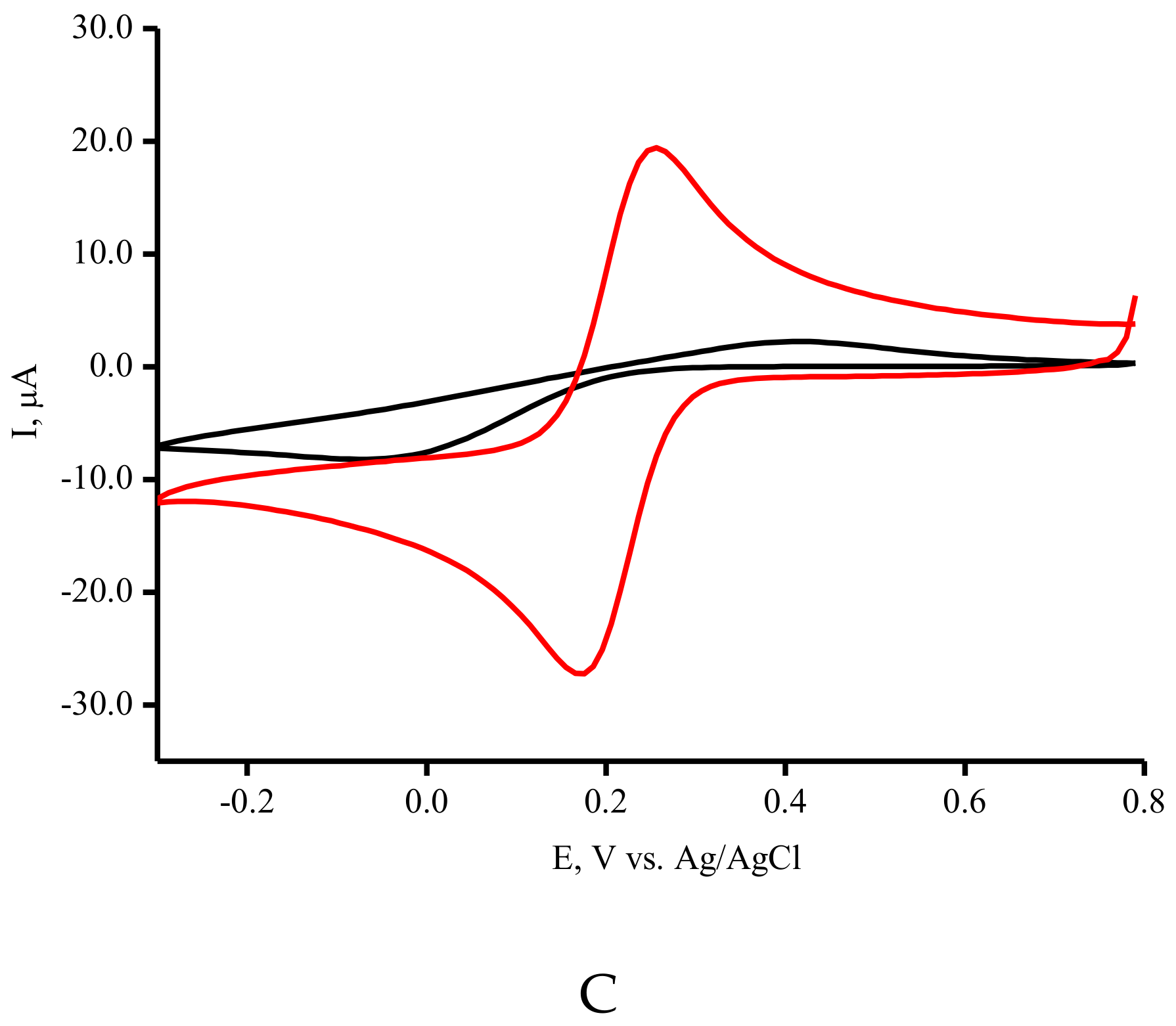
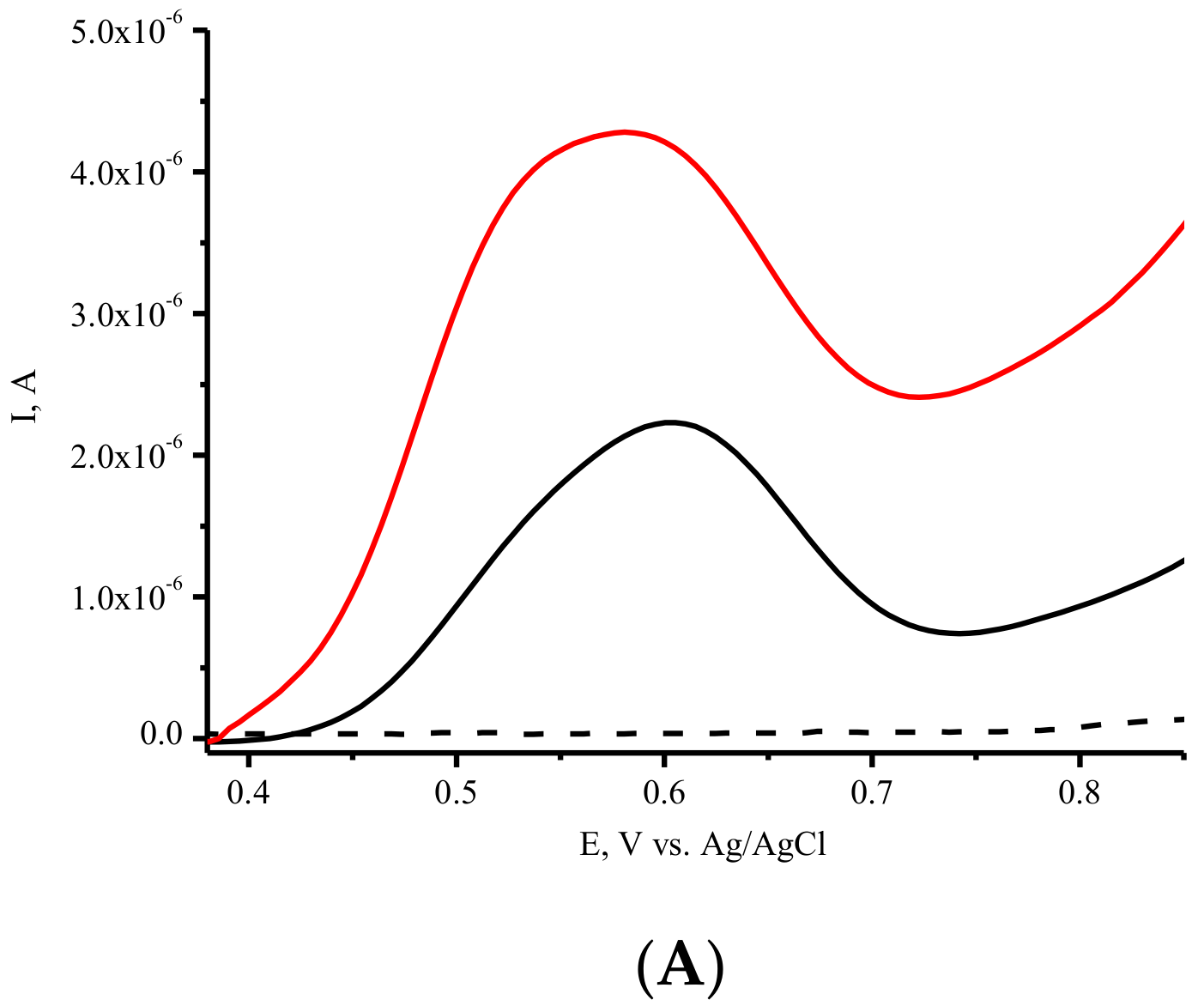
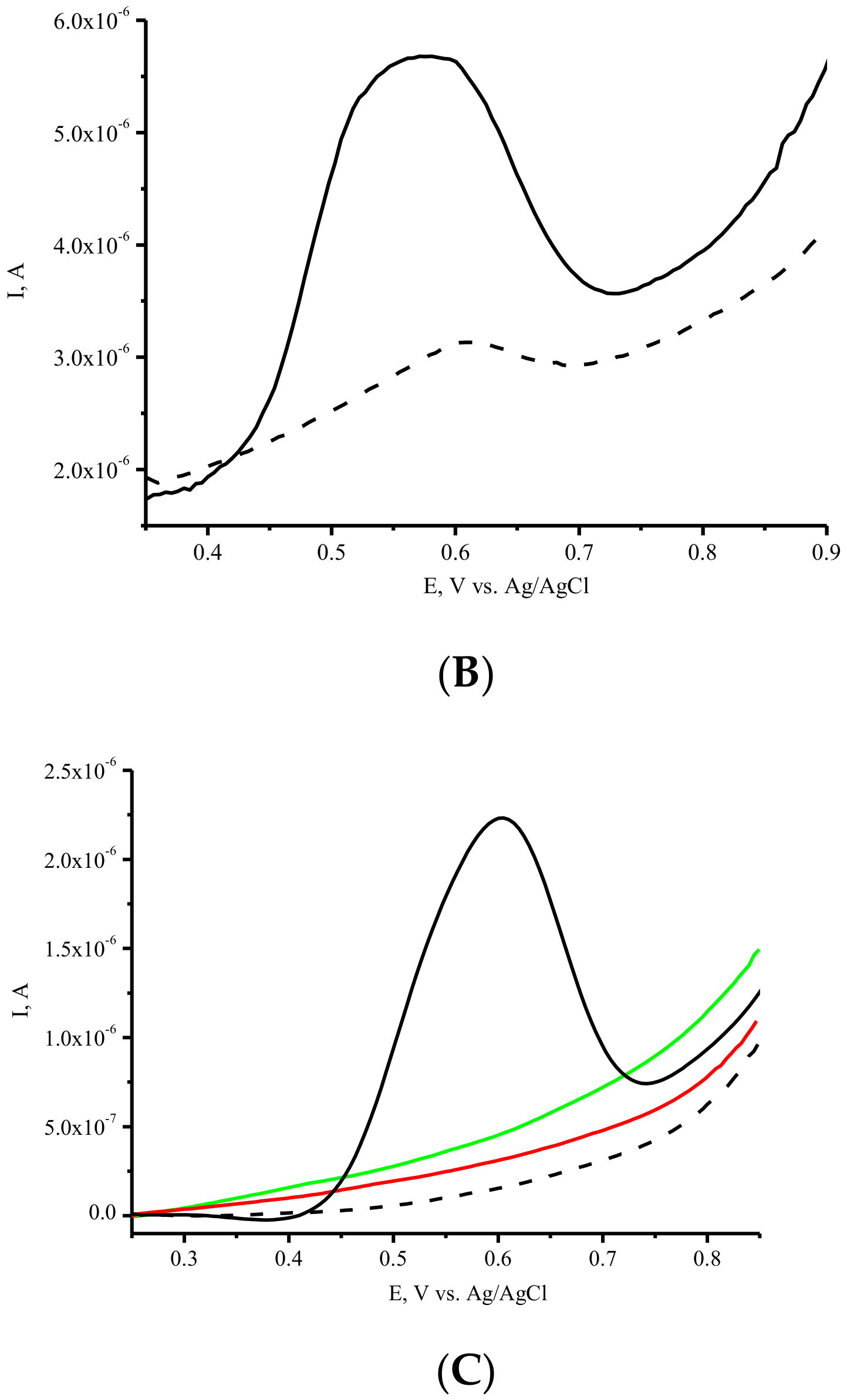

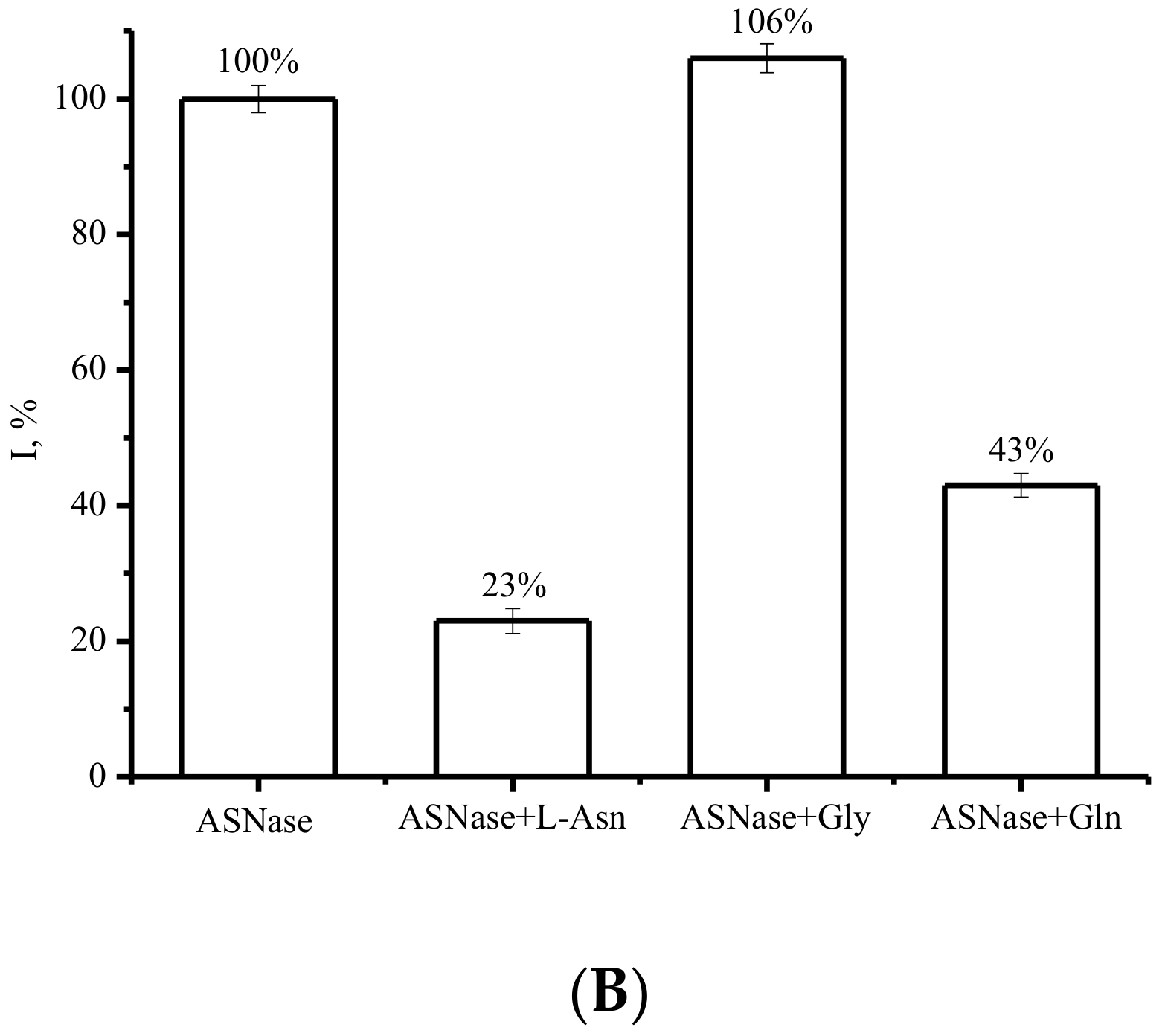
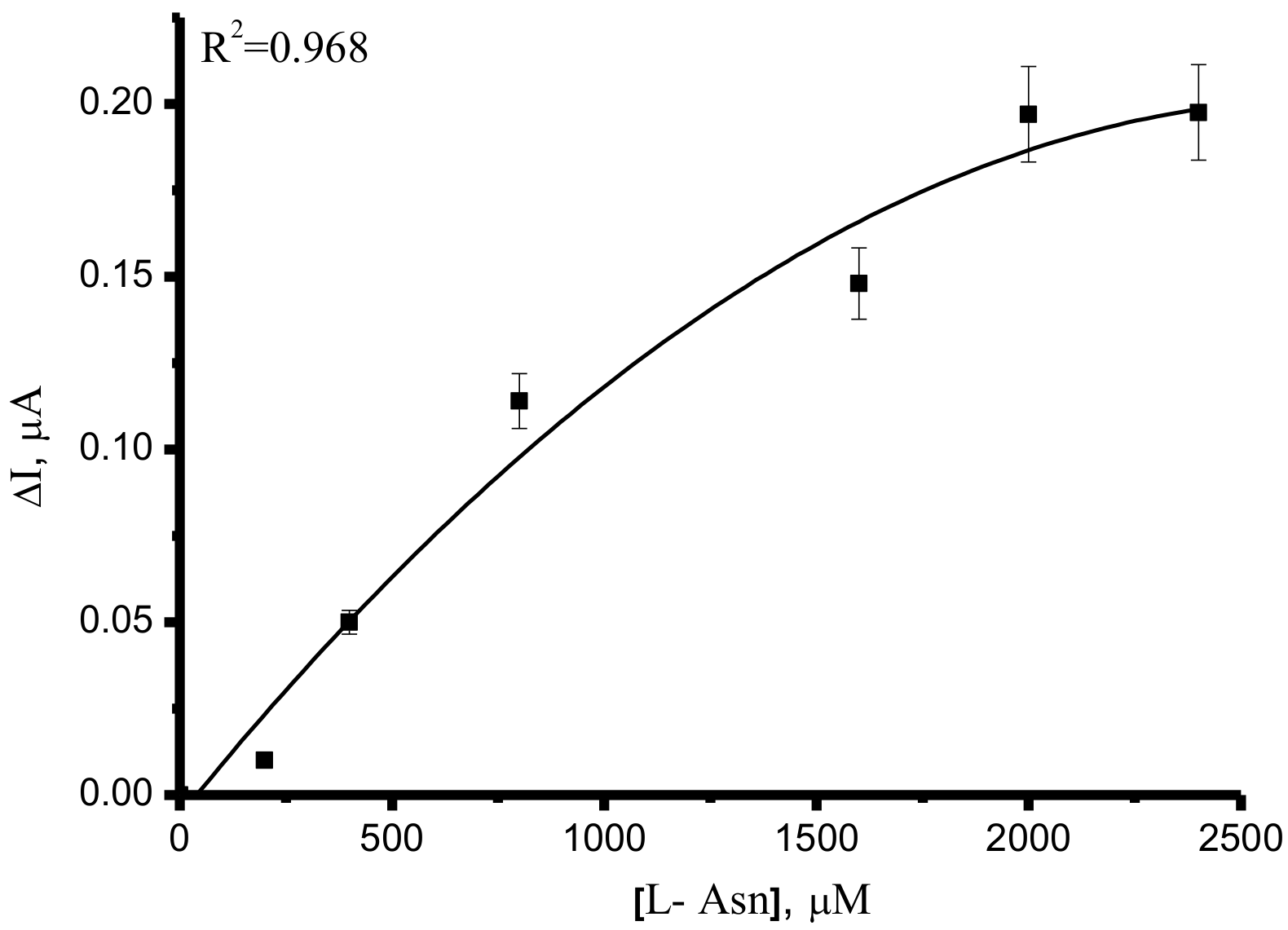
| SPE/SWCNT | Peak Potential, E (V) | Peak Current, Ip (μA) | Peak Width (1/2) | Title 1 | Title 2 | Title 3 | Title 4 |
|---|---|---|---|---|---|---|---|
| ASNase | 0.593 ± 0.007 | 1.72 ± 0.22 | 0.166 | entry 1 * | data | data | data |
| ASNase + 33 mM L-Asn * | 0.588 ± 0.002 | 0.39 ± 0.18 | 0151 | data | data | data | |
| ASNase + 33 mM Gly * ASNase +33 mM L-Gln * | 0.593 ± 0.007 0.596 ± 0.006 | 1.80 ± 0.10 0.74 ± 0.20 | 0.166 | data | data | data | |
| entry 4 | data | data | data |
Publisher’s Note: MDPI stays neutral with regard to jurisdictional claims in published maps and institutional affiliations. |
© 2022 by the authors. Licensee MDPI, Basel, Switzerland. This article is an open access article distributed under the terms and conditions of the Creative Commons Attribution (CC BY) license (https://creativecommons.org/licenses/by/4.0/).
Share and Cite
Shumyantseva, V.; Bulko, T.; Pronina, V.; Kanashenko, S.; Pokrovskaya, M.; Aleksandrova, S.; Zhdanov, D. Electroenzymatic Model System for the Determination of Catalytic Activity of Erwinia carotovora L-Asparaginase. Processes 2022, 10, 1313. https://doi.org/10.3390/pr10071313
Shumyantseva V, Bulko T, Pronina V, Kanashenko S, Pokrovskaya M, Aleksandrova S, Zhdanov D. Electroenzymatic Model System for the Determination of Catalytic Activity of Erwinia carotovora L-Asparaginase. Processes. 2022; 10(7):1313. https://doi.org/10.3390/pr10071313
Chicago/Turabian StyleShumyantseva, Victoria, Tatiana Bulko, Veronica Pronina, Sergey Kanashenko, Marina Pokrovskaya, Svetlana Aleksandrova, and Dmitry Zhdanov. 2022. "Electroenzymatic Model System for the Determination of Catalytic Activity of Erwinia carotovora L-Asparaginase" Processes 10, no. 7: 1313. https://doi.org/10.3390/pr10071313
APA StyleShumyantseva, V., Bulko, T., Pronina, V., Kanashenko, S., Pokrovskaya, M., Aleksandrova, S., & Zhdanov, D. (2022). Electroenzymatic Model System for the Determination of Catalytic Activity of Erwinia carotovora L-Asparaginase. Processes, 10(7), 1313. https://doi.org/10.3390/pr10071313







